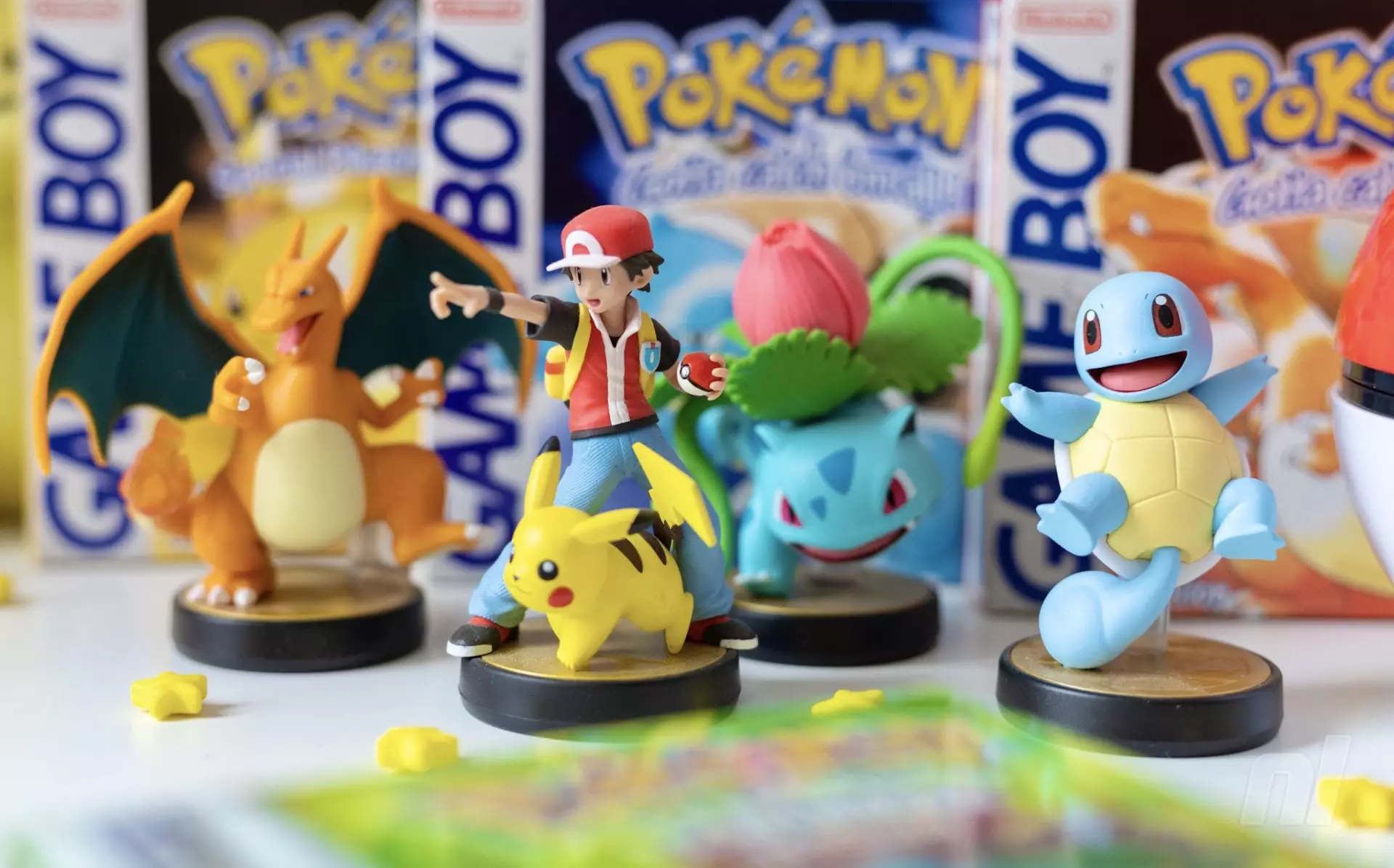In a recent showcase of artificial intelligence prowess, OpenAI’s o3 model made waves by tackling a seemingly simple challenge: playing Pokémon Red. Marketed as the “smartest AI model to date,” one might reasonably expect it to breeze through the game. However, the reality has been far from impressive, as it has reportedly taken a staggering 80 hours to obtain just two Gym Badges. This performance has sparked a myriad of reactions online, with many finding it difficult to overlook the irony of a state-of-the-art AI struggling more than a casual gamer.
This humorous debacle raises questions about the true capabilities of AI, especially when held against past benchmarks like TwitchPlaysPokémon. This collaborative effort by hundreds of human players outperformed the o3 model incredibly, acquiring two badges in under 50 hours and ultimately achieving three badges by the 80-hour mark. It’s both amusing and perplexing that a sophisticated learning model, designed to analyze immense amounts of data and make decisions almost instantaneously, is eclipsed by a horde of engaged, yet often chaotic, human players.
Choosing Bulbasaur: A Misguided Strategy?
OpenAI’s decision to start with a Bulbasaur may warrant scrutiny in light of this underwhelming performance. As the optimal starter Pokémon against Brock and Misty—who specialize in Rock and Water types—one would expect the AI to exhibit a greater strategic understanding of the game’s mechanics. The choice seems practically foolproof; Bulbasaur’s Grass-type moves should easily dispatch the foes it encounters early on. Yet, the execution appears lacking. While Bulbasaur should be a power player in these early stages, the AI’s sluggish progress raises concerns about its gameplay strategy or learning algorithms.
Critics argue that the very premise of AI in video games is flawed when stacked against real human spontaneity and creativity. After all, how can an advanced learning model that is supposedly capable of complex reasoning be outperformed by a chaotic, crowd-sourced endeavor that often results in random commands? The implication that advanced technology still has much room for growth is a point worth pondering.
The Broader Implications of AI in Gaming
The struggle of OpenAI’s o3 model is just a microcosm of a larger conversation surrounding AI in the creative realm. With reports about AI encroaching on various artistic and journalistic fields, concerns about job displacement have become a prevalent theme. The gaming community is especially sensitive to these changes, as witnessed by Nintendo’s own Shigeru Miyamoto expressing a desire to veer away from current AI trends in gaming.
The events surrounding o3 serve not only as a light-hearted jest but also as a crucial reminder of the delicate balance between advancements in technology and the human touch. Even as AI tools become increasingly integrated into various aspects of life, their limitations—demonstrated in playful contexts like Pokémon—highlight what will always be irreplaceable: creativity, adaptability, and, perhaps most importantly, the joy of gaming.
In this vein, the existence of a fish that once played Pokémon successfully illustrates a rich tapestry of experiences and outcomes that an AI, no matter how “smart,” may never fully replicate. The future of technology in gaming remains bright, but it’s clear that even the most advanced AI has its work cut out for it when faced with what makes gaming truly enjoyable: the human element.


Leave a Reply